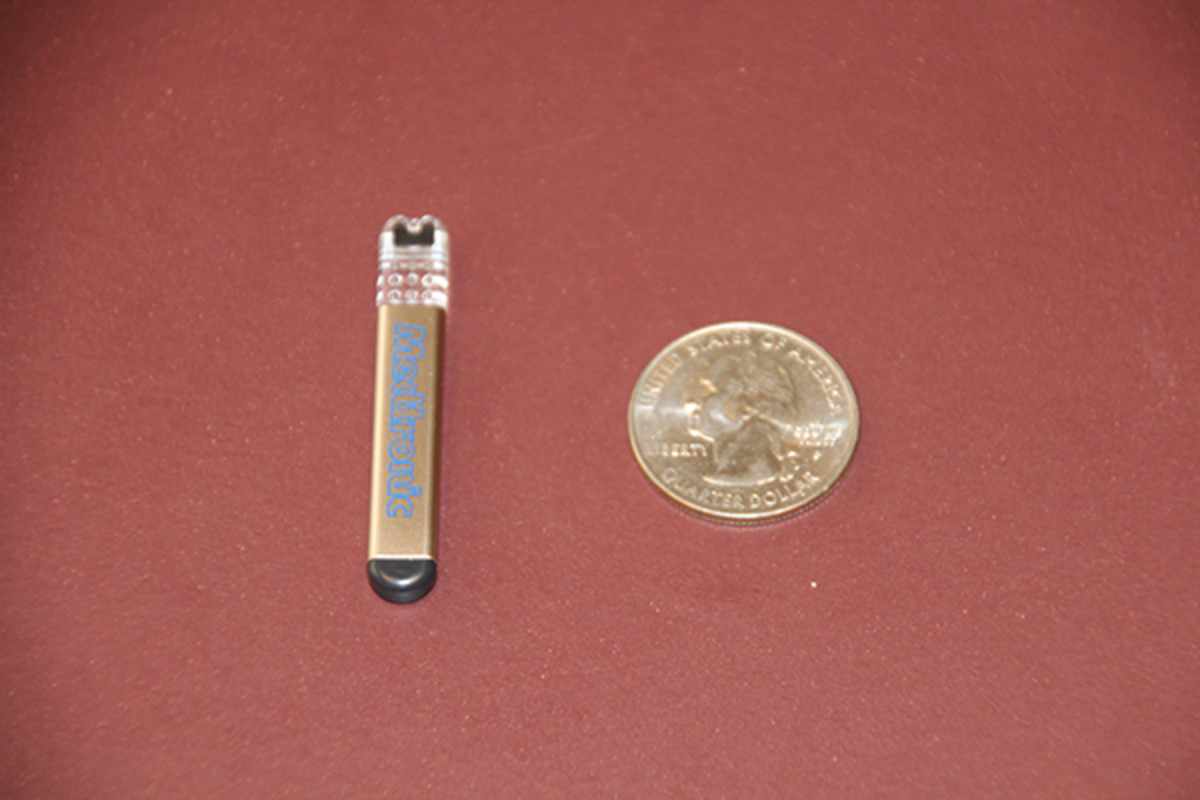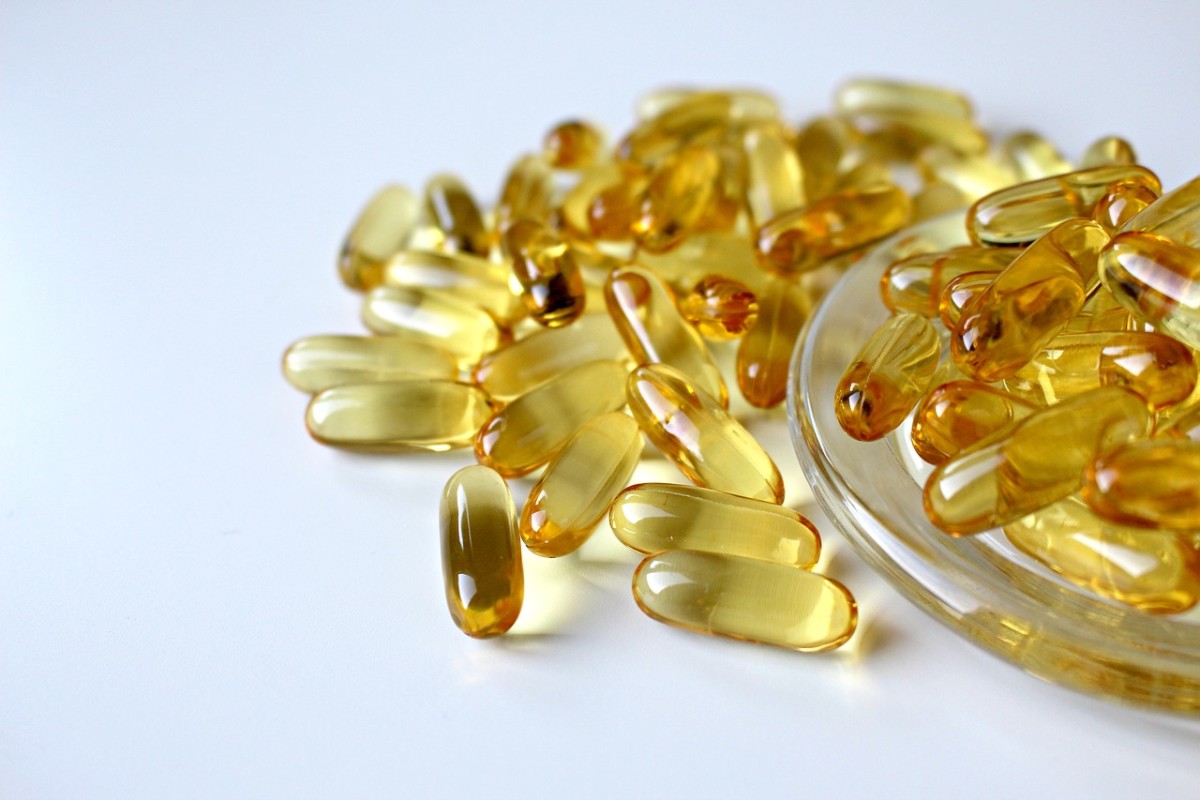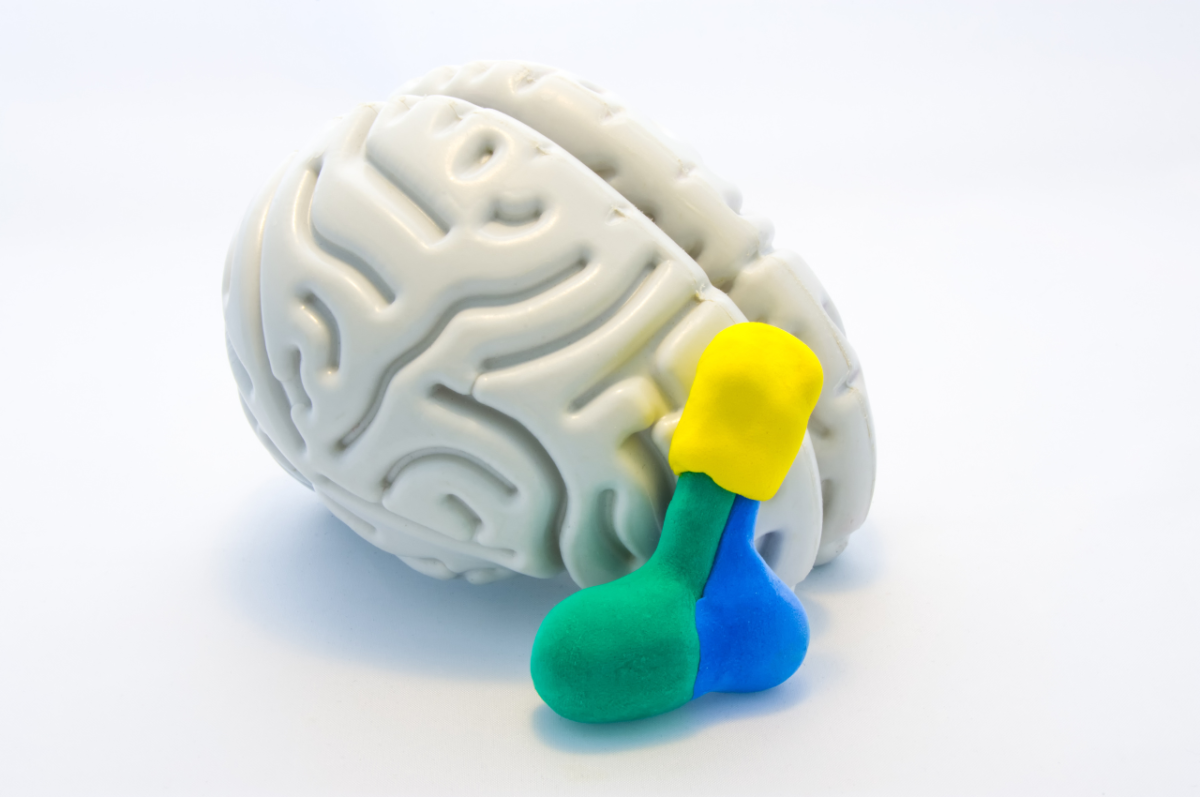Heart-Healthy Omega-3 Fish Oils - how they work and where to get them
Why to Eat These Healthiest Fish
Omega-3's help the heart in more ways than one. They prevent rhythm problems. They lower blood pressue and triglycerides (artery-clogging fats). They prevent clotting, though have not been associated with bleeding risk. A small coronary artery-occluding clot is the main event in most heart attacks.They prevent inflammation, a bad actor in artery disease. (This anti-inflammatory effect may also help folks with rheumatoid arthritis and related diseases. For unknown reasons, omega-3's may help depression and macular degeneration.)
The American Heart Association (AHA) recommends that healthy people eat two servings of fish per week. The following fish are all low in mercury and contain significant amounts of omega-3's per 4 oz serving:
herring 2.3 g
wild-caught salmon 1.5 g
sardines 1.2 g
lake trout 1.2 g
canned light (not albacore) tuna .7 g
shrimp .5g
pollock .5g
The omega-3's in fish are DHA and EPA. Soy, walnuts, and flaxseed contain another omega-3 ALA, which our bodies convert at a rate of 5% into the helpful DHA and EPA.
For people with heart disease, the AHA recommends 1g of DHA and EPA per day. Eating fish is the best way to do this. OTC fish oil supplements are about 1/3 DHA and EPA, so you must take 3g of supplements to get that 1g of what you need.
For more information on mercury and omega-3's in other fish, check out fda.gov, americanheart.org, and thepaleodiet.com.
Here's a little bonus: The highest mercury fish should be eaten rarely if at all and are shark, swordfish, tilefish, and king mackerel.








